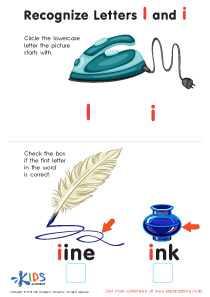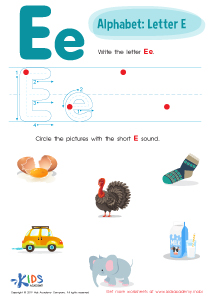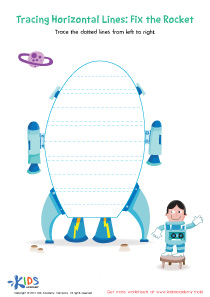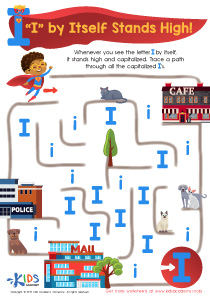Color Identification Normal Alphabet Worksheets for Ages 4-9
3 filtered results
-
From - To
Explore our engaging "Color Identification Normal Alphabet Worksheets" designed for children ages 4-9! These printable resources provide a fun way for young learners to develop essential color recognition skills while becoming familiar with the alphabet. Each worksheet incorporates vibrant illustrations and interactive activities, helping children connect colors with letters through play. Perfect for homeschoolers, preschool teachers, or parents looking to enhance literacy and art skills, these worksheets promote creativity and learning in an enjoyable format. Facilitate your child's cognitive development and artistic exploration today with our colorful worksheets, ensuring a wholesome and interactive learning experience that sets the stage for future academic success!
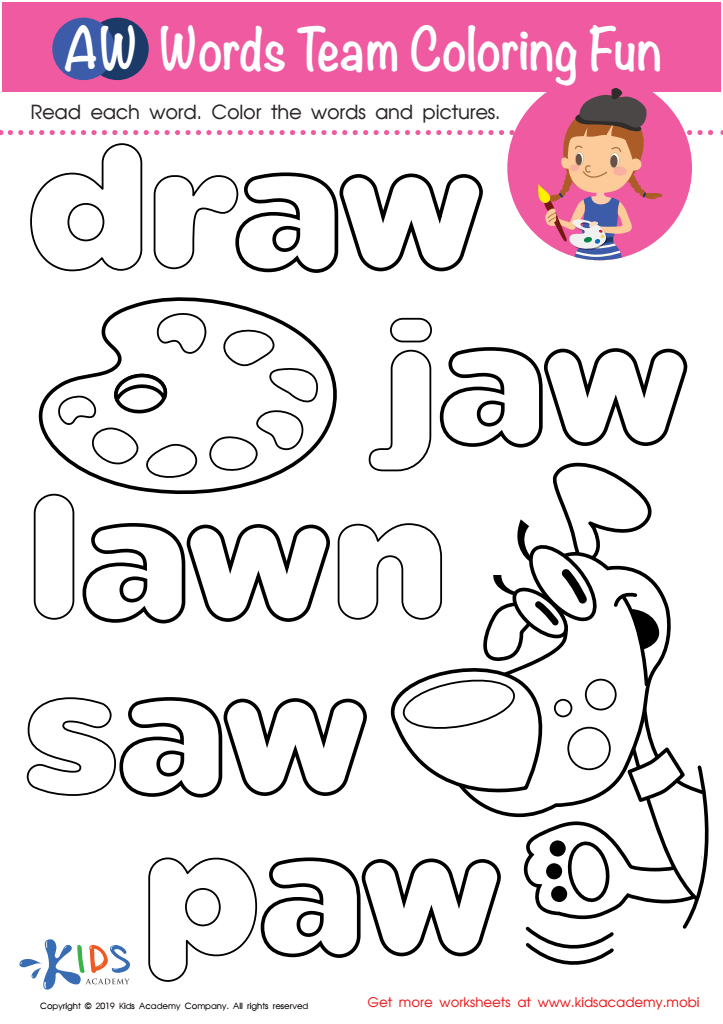

AW Words Team Coloring Fun Worksheet
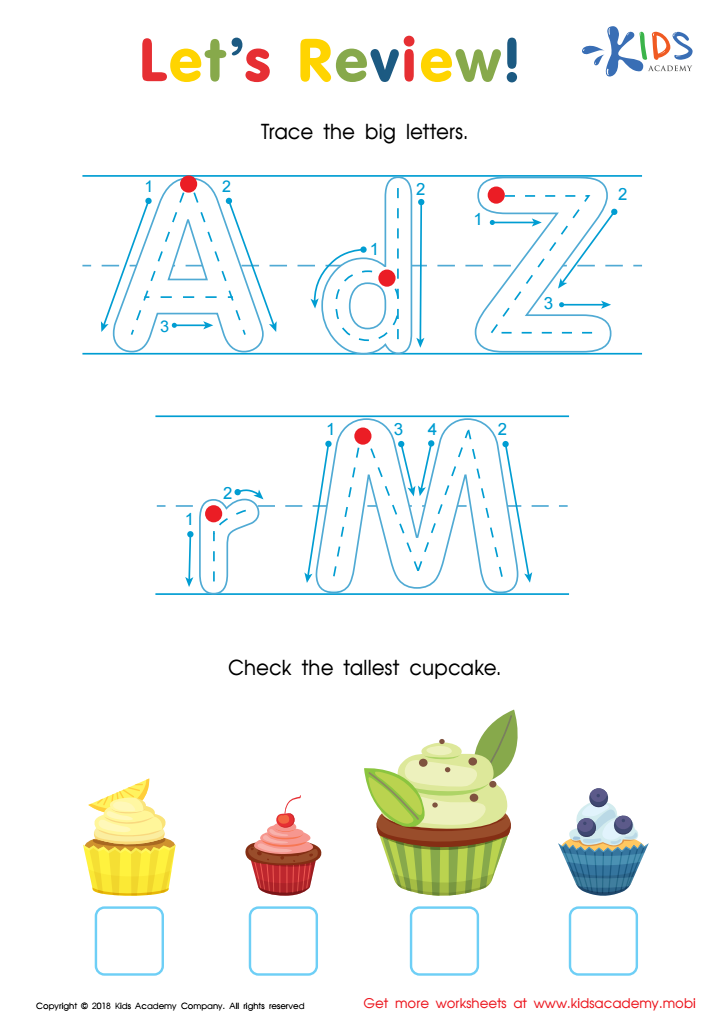

Let's Review! Big Letters Worksheet
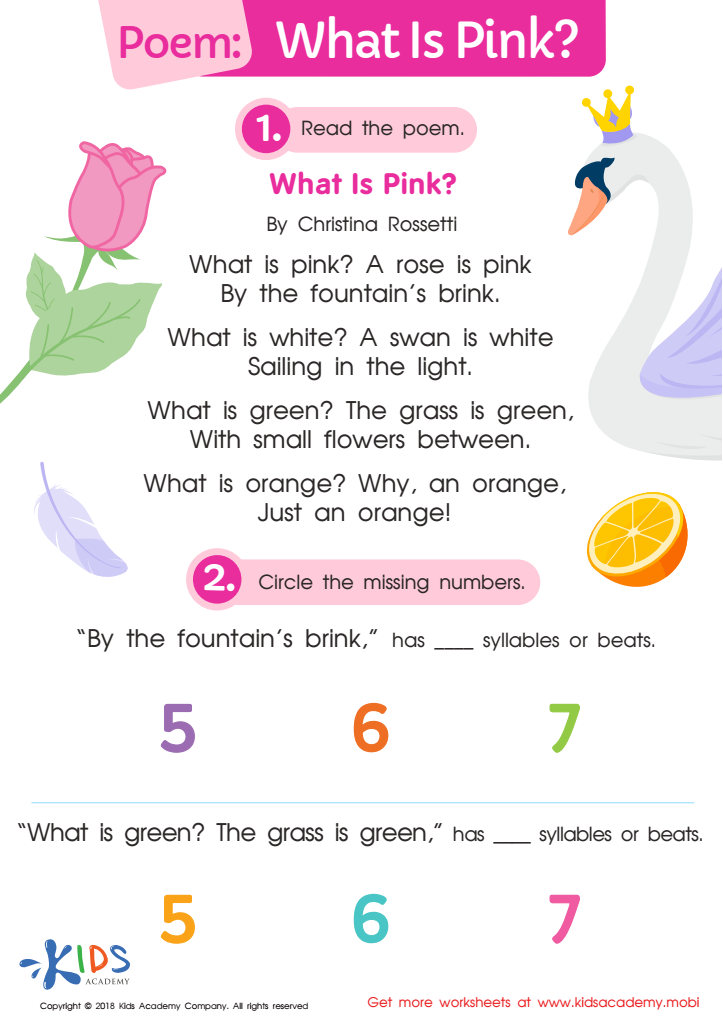

Poem: What Is Pink? Worksheet
Parents and teachers should prioritize Color Identification Normal Alphabet recognition for children aged 4-9 because it forms the groundwork for vital learning skills. Understanding colors is integral to early childhood development, as it enhances cognitive abilities, encourages creativity, and simplifies communication.
By recognizing colors, children can better categorize and understand the world around them, which aids in their observation and analytical thinking. Learning to identify colors is healthy for boosting memory and attention, as it requires engagement and focus. Additionally, colors often have cultural significance; awareness of them can enrich a child’s social understanding and acceptance.
Furthermore, in the context of basic literacy, associating colors with letters and sounds organs literacy skills. This foundational understanding makes learning fun and engaging, which is crucial for maintaining motivation and enthusiasm in young learners. Using color-coded materials and resources can facilitate differentiation in teaching, meeting diverse learning needs in a classroom setting.
Overall, by promoting Color Identification alongside literacy, teachers and parents contribute to holistic child development, equipping children with essential skills they will draw upon throughout their educational journey and in everyday life.
 Assign to My Students
Assign to My Students






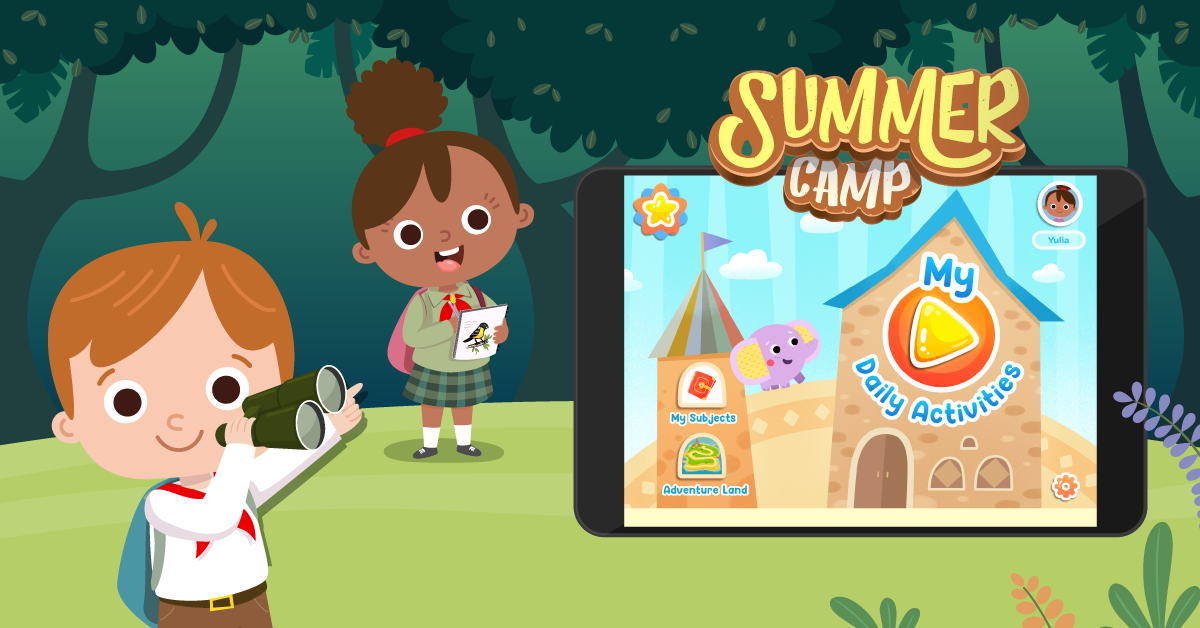
.jpg)


